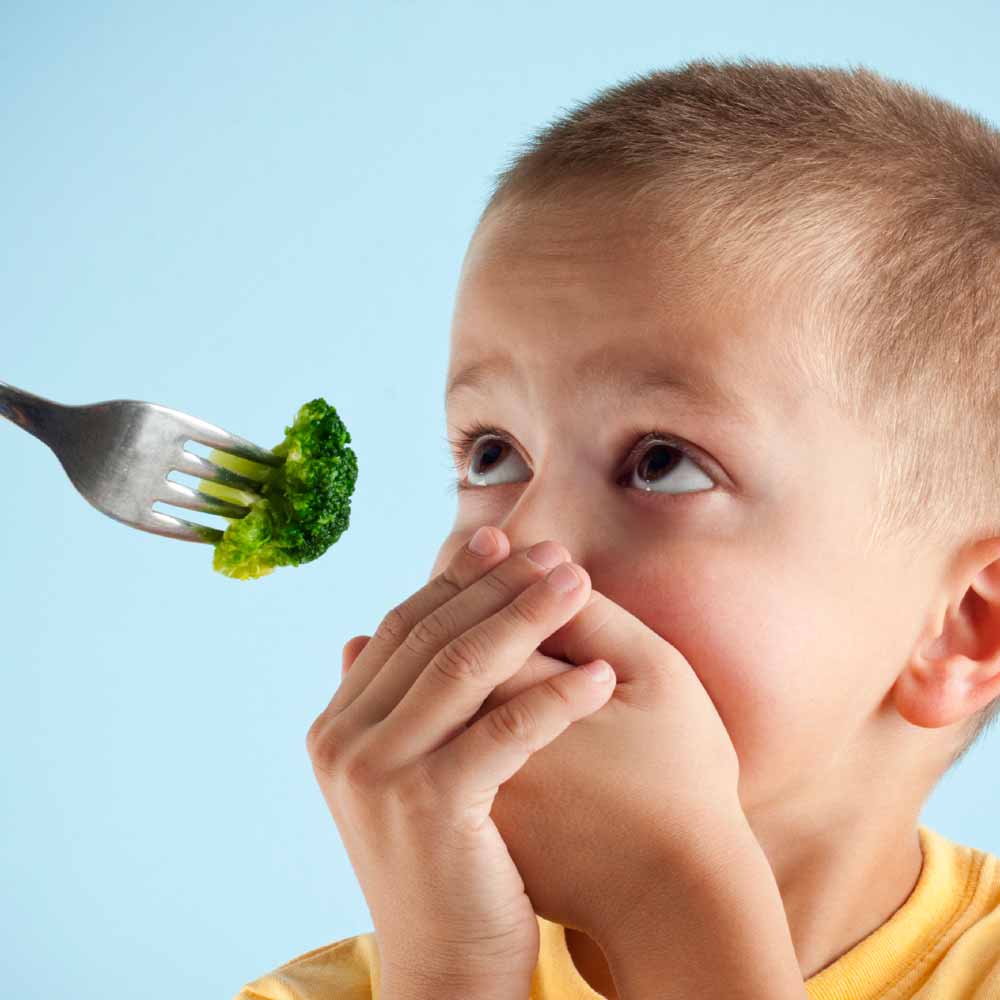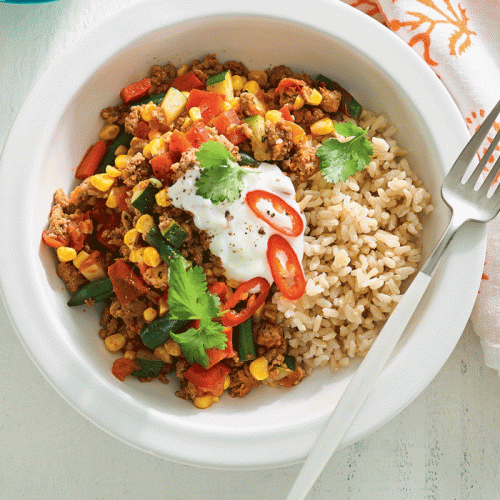
How to feed our kids more vegetables is a hot topic not just at home but also among scientists. And, because it is so important, there are a surprising number of studies looking at ways to increase fruit and vegetable consumption by kids.
Reading through the studies yields some fascinating results and loads of practical ideas we can use at home. Interestingly, many of these apply just as much to kids up to 12 as they do for the younger ones (including the stickers!)
1. Give the vegetables a cool name. Calling greens ‘power peas’ or ‘x-ray vision carrots’ has increased take-up in school canteens in the US by 50 per cent. This works on two levels. Firstly, the vegetables get a ‘cool factor’ upgrade. Secondly, names can appeal to kids’ imaginations and enable them to adopt vegetables as part of their fantasy world which is very effective. Yes, the broccoli is still broccoli but re-branding can sell it as a new and improved menu option!
2. Use colours and variety. Studies have shown that kids love lots of different shapes and colours on their plates (unlike adults). A bright and busy plate with options – think kids’ brightly coloured toys and books – is far more appealing than a monochrome offering.
3. Place things differently on the plate. Adults like symmetry and food in the middle of the plate. Not so our children. They prefer things arranged around the bottom of the plate. Who knew? I guess it makes sense as it’s closer.
4. Creativity on the plate. Gets and keeps kids engaged for longer in the food, giving them the chance to eat more. I think this applies to adults too. We all eat with our eyes and the more interesting a plate the more engaged we are.
5. Stickers. Studies have proven that even less preferred menu items are more likely to be chosen if they have a favourite character or logo displayed on a sticker. This is simple to do with food like apples or mandarins in the lunchbox. If you can’t apply a sticker directly to food it can go in a container with a sticker, or wrap and place a sticker on that. And, yes, the 12-year-olds were still drawn to the fruit with the sticker ….
6. Offer food in smaller pieces. This is something that I always consider with my boys. Chopped up fruit, for example, is often way easier to eat than a whole apple. This is especially true when kids have wobbly teeth and are struggling to bite and chew. Kids can be embarrassed about eating big bites in front of others when they’re older or have braces.
7. Link foods to favourite characters. This is a powerful tool when kids are young. Try asking what Spiderman or Elsa would choose to keep themselves fit and healthy. No superheroes are going to perform optimally without some serious greenery!
8. Play then eat. This study done in the US was fascinating. Allowing children to play first at lunchtime and eat afterwards increased the healthy foods consumed by a large percentage. This is believed to be because when kids are in a hurry to go and play they grab their favourite foods and leave the rest. When there is no time pressure they have the ability to eat everything provided. Now, this is not possible in many school settings as the schedule is already set but, perhaps, we need to start thinking about changing this. This is backed up by studies done in Australia that conclude that children given longer allocated eating breaks for food eat more. I see this even with my 11-year-old. If there is time pressure he eats only a portion of his lunch even though he loves eating and it leaves him really hungry. Even if we can’t fix this at school we can make sure we do this at home.
9. Pairings. What a vegetable is matched with can make a big difference. If you have a favourite food paired with a disliked vegetable the favourite food will win every time. However, if two less favoured foods are put together then one is not stealing the limelight and it’s more likely both will get eaten.
10. Taking the less favoured food concept to the next level (for adults or children!) is providing a vegetable or nothing. Try serving just a vegetable on a plate when the kid is hungriest. Many parents do this by providing a vege/dip combo to keep kids from getting too hungry prior to the meal and serving the majority of the vegetables upfront prior to the rest of the meal arriving. There are no rules as to when the 5+-a-day needs to be consumed …
www.healthyfood.com










